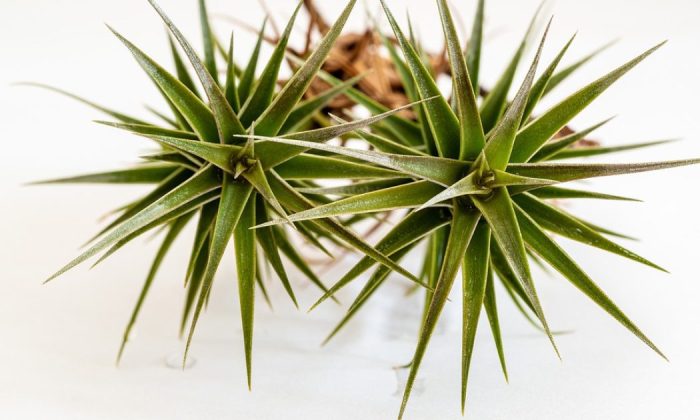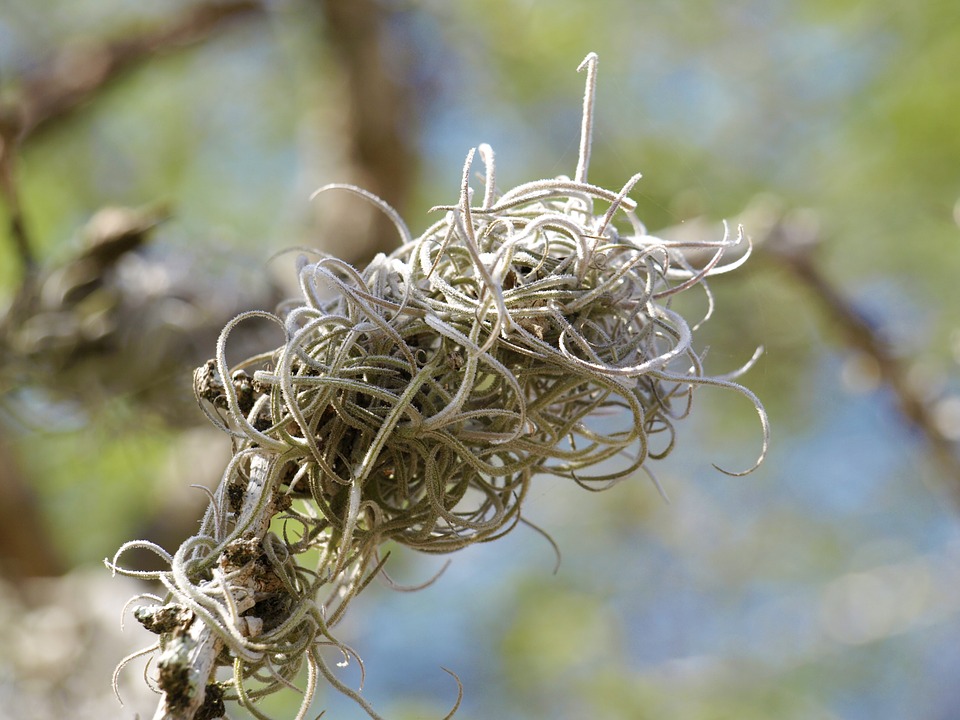Tillandsia – a plant that lives off dust and sunlight

Tillandsia is an interesting plant that has gained popularity among experienced gardeners and beginners alike. This plant belongs to the Bromeliaceae family. It grows in diverse environments including deserts, tropical rainforests, lowlands and mountain ranges. It comes from South and Central America and the southern part of North America, and since it is pretty resilient, you can grow it at home too.
A plant that does not need soil
We have mentioned that tillandsia lives off sunlight and dust and indeed this plant does not need soil or a flowerpot with soil to grow which allows you to plant tillandsia in various glass, wooden or metal containers, or as a part of your rock garden for example . It is an atmospheric, epiphytic plant, which means that it grows on rocks, trees, cacti, swamps and dry ground. Pretty impressive.
Photo: Pixabay
How does tillandsia survive?
Tillandsia has leaves that are covered with special scales. Thanks to this the plant is able to absorb water in any form (rain, dew, moisture from the air). The size of leaves depends on the environment. If the plant grows in a rather dry climate, the leaves need absorb more moisture and they are bigger. In more humid conditions, leaf trichomes, which absorb moisture, are much less noticeable. In some plants you can see trichomes with the naked eye, in others you need a microscope.
What about the roots?
Also roots vary depending on the type of plant you have. Some species do not have roots at all and others may grow small roots. The plant uses its roots as hooks to grabs onto substrate where it grows (for example, the bark of a tree). Roots do not absorb nutrients or moisture, as they do for other plants.
Care
Tillandsia is a great plant for beginners because it is not a demanding that all. You only need to provide basic conditions and that’s it. The most important requirement is to provide constant circulation of fresh air. In spring and summer, you can provide water by immersing the entire plant in a container with room temperature water. In winter and autumn, you need to limit watering a lot. Just spray leaves with water once every 4 to 5 days. Epiphytic plants, just like tillandsia, need to be protected from direct sunlight so do not forget that. Do not expose tillandsia to temperatures below 10 °C.
Source: https://vsaduidoma.com/pl/2018/04/07/tillandsii-tropicheskie-foto-vidy-kompozicii/
Preview photo: Pixabay

Gardening is my hobby, I have a lot of experience and I am happy to share it.









0 comments